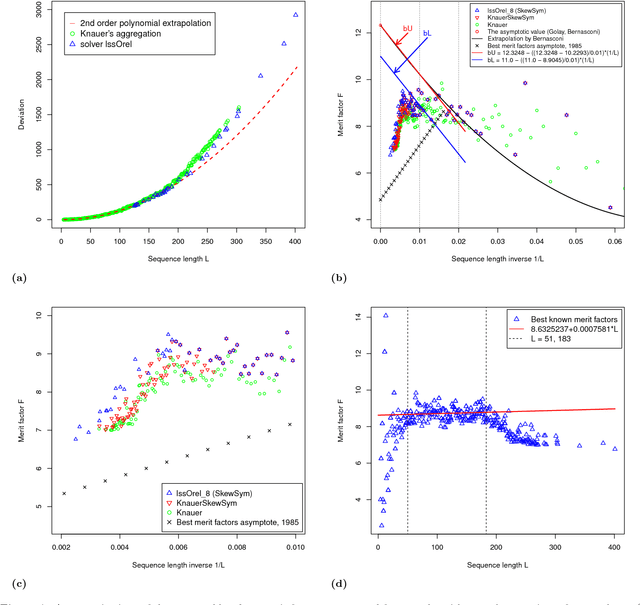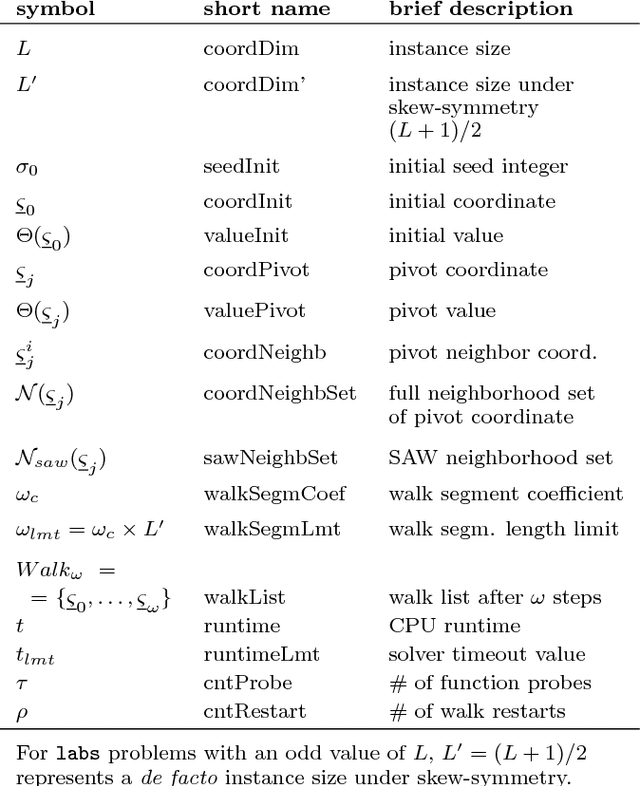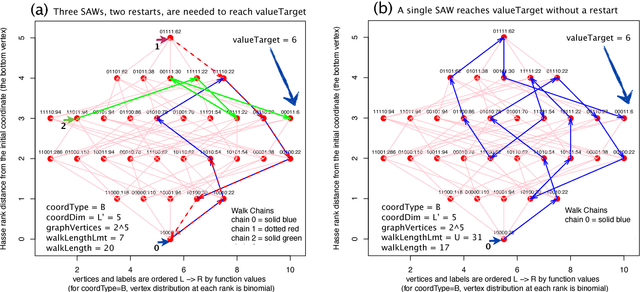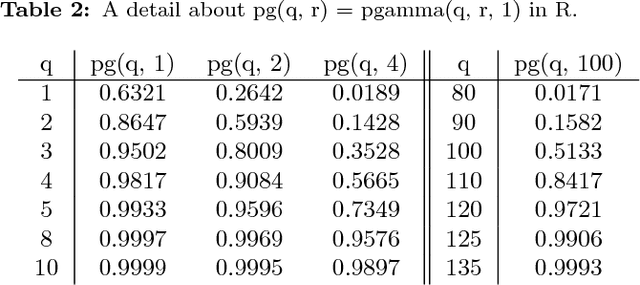Franc Brglez
On Uncensored Mean First-Passage-Time Performance Experiments with Multiwalk in $\mathbb{R}^p$: a New Stochastic Optimization Algorithm
Dec 06, 2018



Abstract:A rigorous empirical comparison of two stochastic solvers is important when one of the solvers is a prototype of a new algorithm such as multiwalk (MWA). When searching for global minima in $\mathbb{R}^p$, the key data structures of MWA include: $p$ rulers with each ruler assigned $m$ marks and a set of $p$ neighborhood matrices of size up to $m(m-2)$, where each entry represents absolute values of pairwise differences between $m$ marks. Before taking the next step, a controller links the tableau of neighborhood matrices and computes new and improved positions for each of the $m$ marks. The number of columns in each neighborhood matrix is denoted as the neighborhood radius $r_n \le m-2$. Any variant of the DEA (differential evolution algorithm) has an effective population neighborhood of radius not larger than 1. Uncensored first-passage-time performance experiments that vary the neighborhood radius of a MW-solver can thus be readily compared to existing variants of DE-solvers. The paper considers seven test cases of increasing complexity and demonstrates, under uncensored first-passage-time performance experiments: (1) significant variability in convergence rate for seven DE-based solver configurations, and (2) consistent, monotonic, and significantly faster rate of convergence for the MW-solver prototype as we increase the neighborhood radius from 4 to its maximum value.
Low-Autocorrelation Binary Sequences: On Improved Merit Factors and Runtime Predictions to Achieve Them
May 06, 2017



Abstract:The search for binary sequences with a high figure of merit, known as the low autocorrelation binary sequence ($labs$}) problem, represents a formidable computational challenge. To mitigate the computational constraints of the problem, we consider solvers that accept odd values of sequence length $L$ and return solutions for skew-symmetric binary sequences only -- with the consequence that not all best solutions under this constraint will be optimal for each $L$. In order to improve both, the search for best merit factor $and$ the asymptotic runtime performance, we instrumented three stochastic solvers, the first two are state-of-the-art solvers that rely on variants of memetic and tabu search ($lssMAts$ and $lssRRts$), the third solver ($lssOrel$) organizes the search as a sequence of independent contiguous self-avoiding walk segments. By adapting a rigorous statistical methodology to performance testing of all three combinatorial solvers, experiments show that the solver with the best asymptotic average-case performance, $lssOrel\_8 = 0.000032*1.1504^L$, has the best chance of finding solutions that improve, as $L$ increases, figures of merit reported to date. The same methodology can be applied to engineering new $labs$ solvers that may return merit factors even closer to the conjectured asymptotic value of 12.3248.
 Add to Chrome
Add to Chrome Add to Firefox
Add to Firefox Add to Edge
Add to Edge